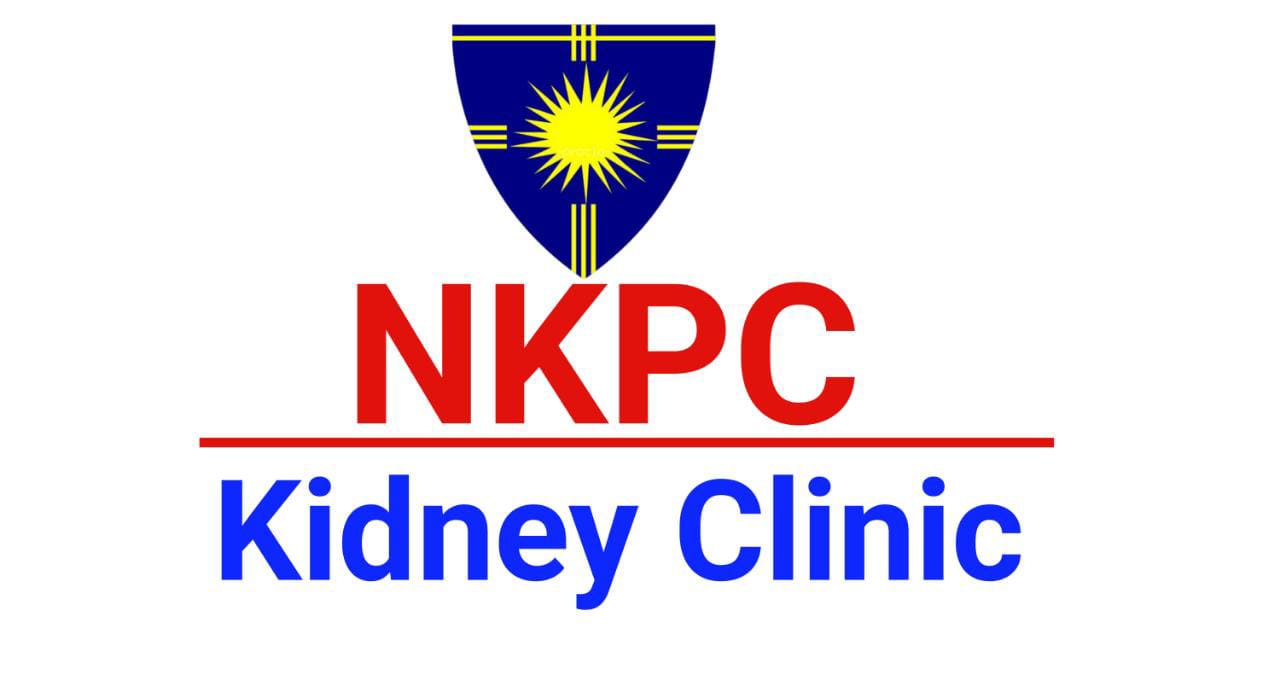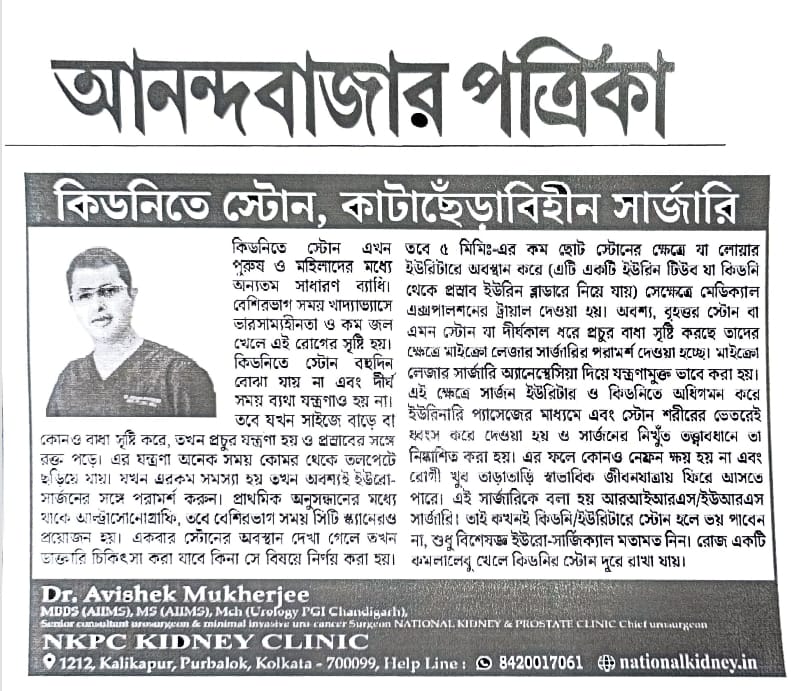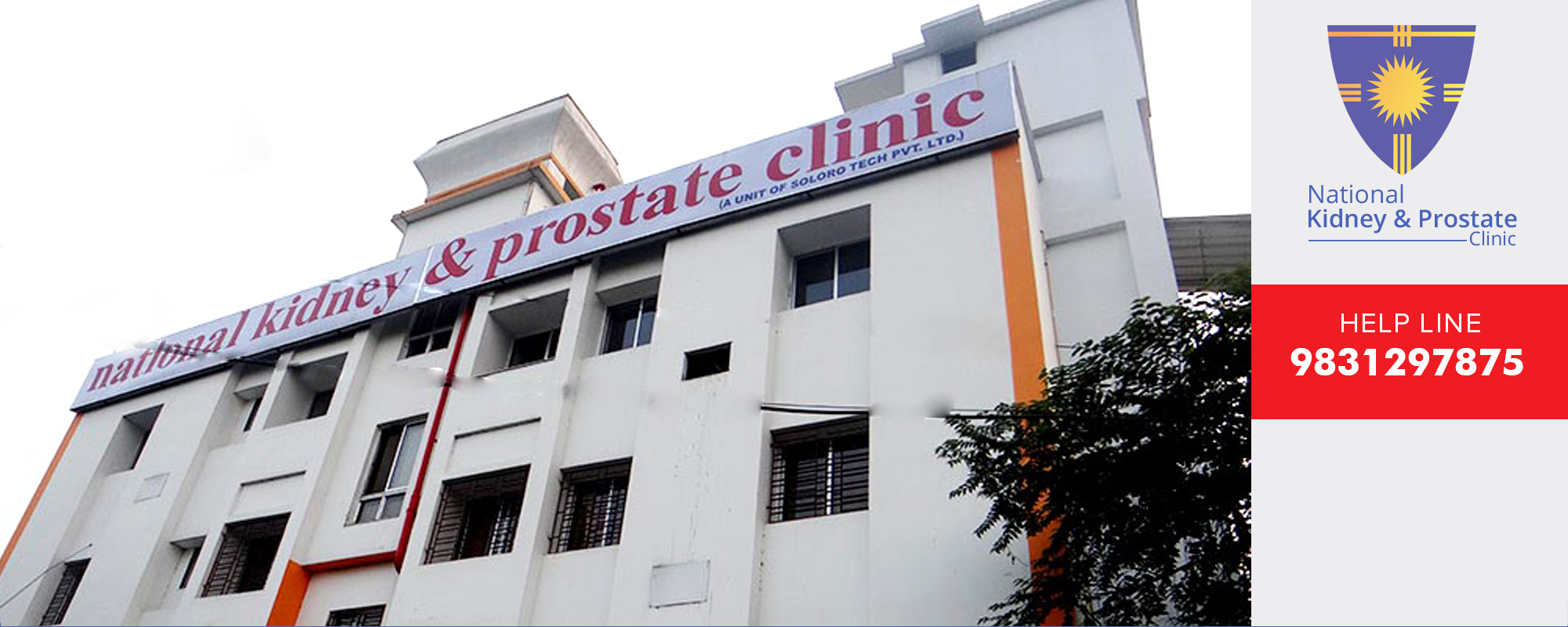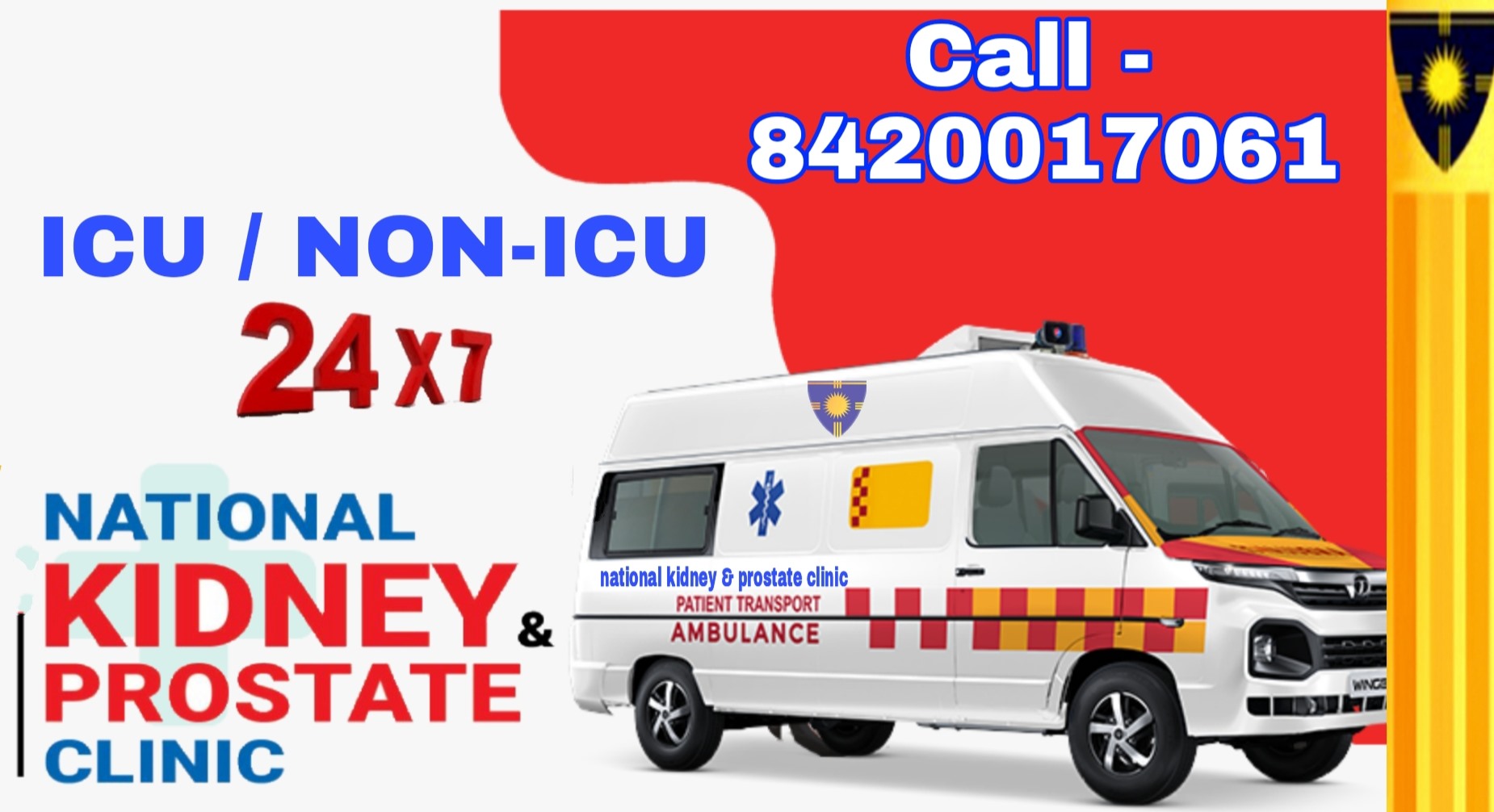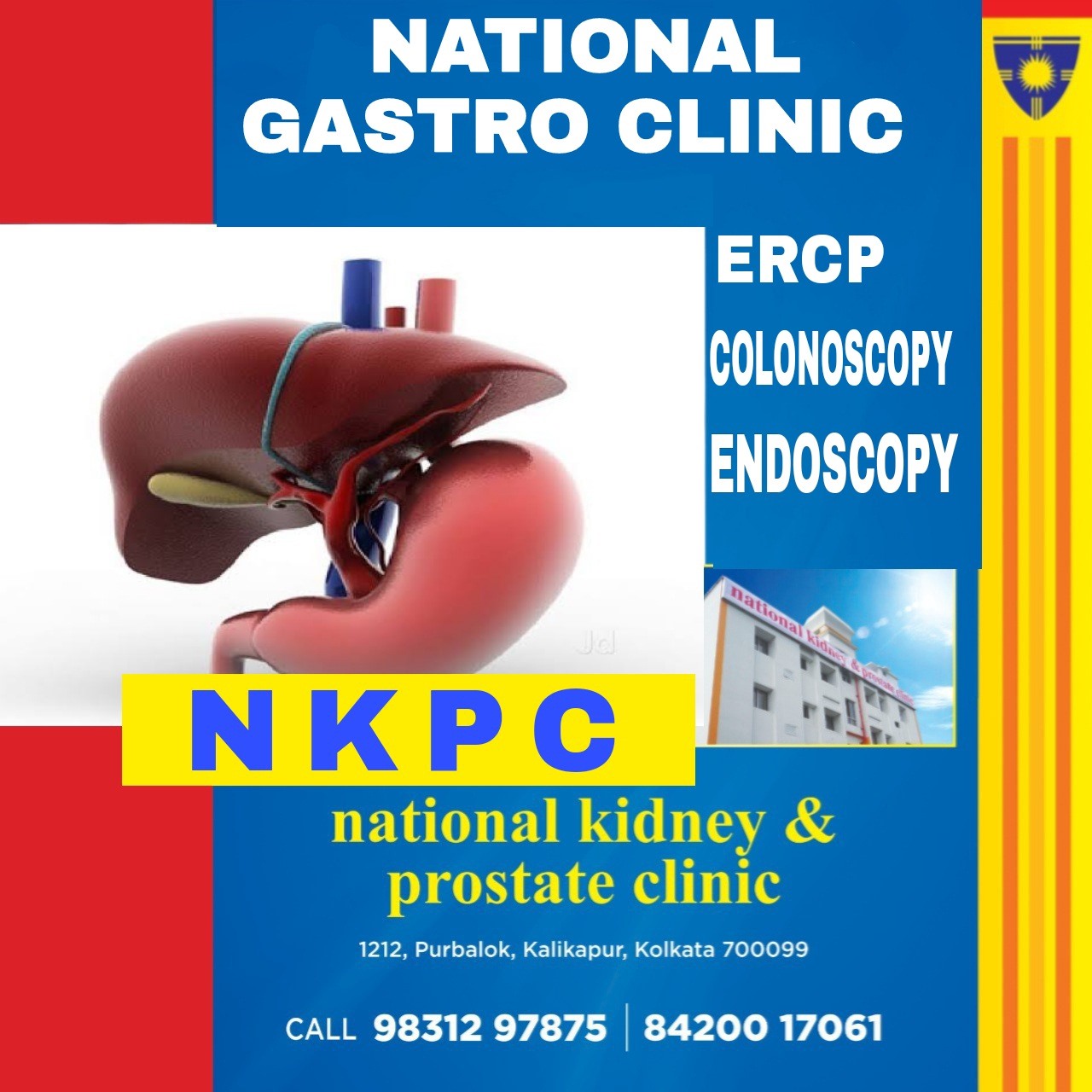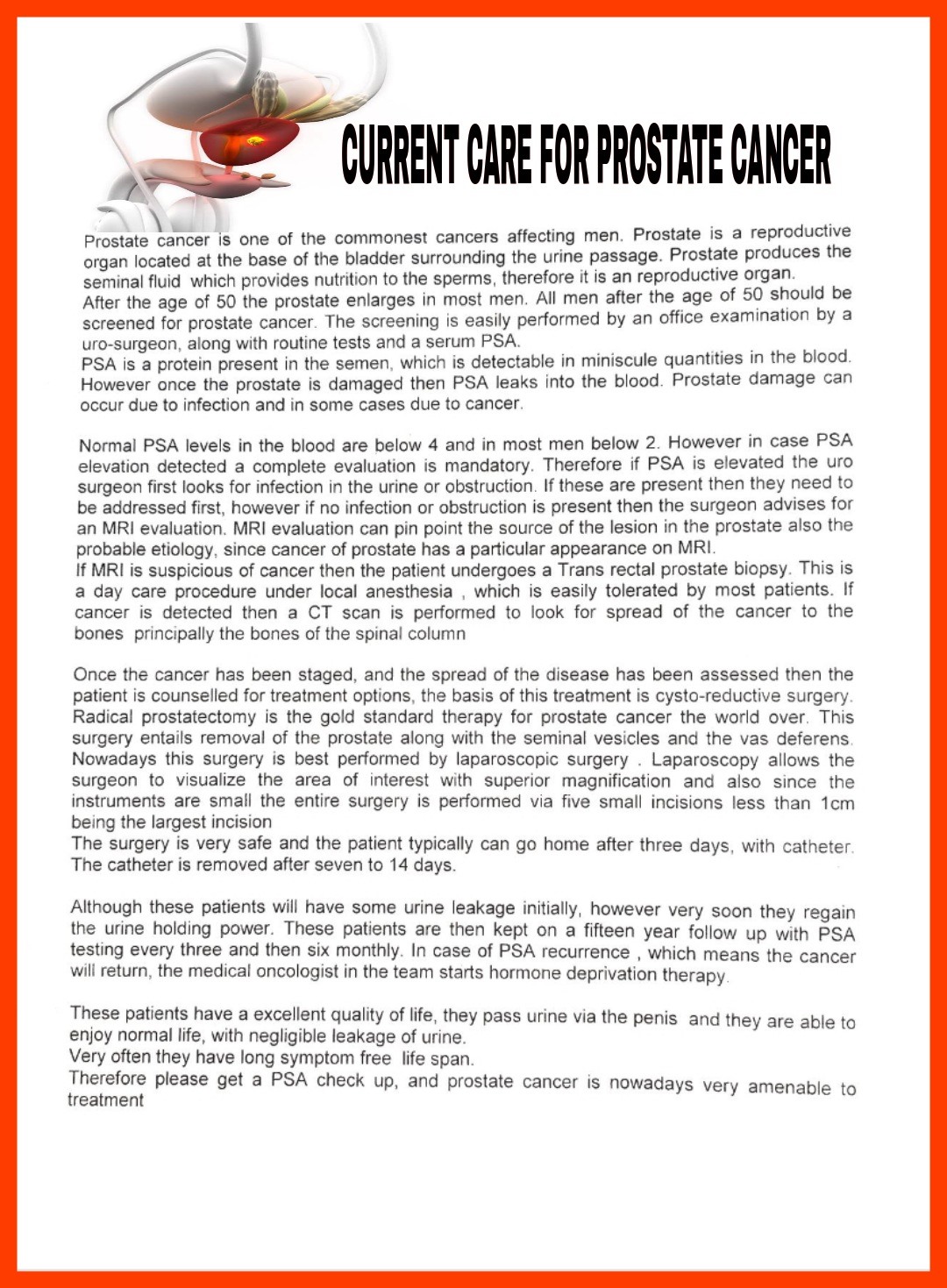Intensive care services at NKPCW ( ICU Incharge )
Intensive care services at NKPCW at NKPC have a fully equipped ICU, for general urosurgery and nephrology care.Our ICU incharge is Dr Probir Biswas MD. We can take care of critically life support dependent patients completely
Our ICU incharge is Dr Probir Biswas MD.
We can take care of critically life support dependent patients completely.

